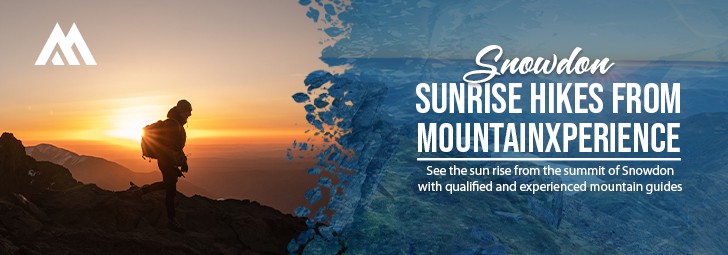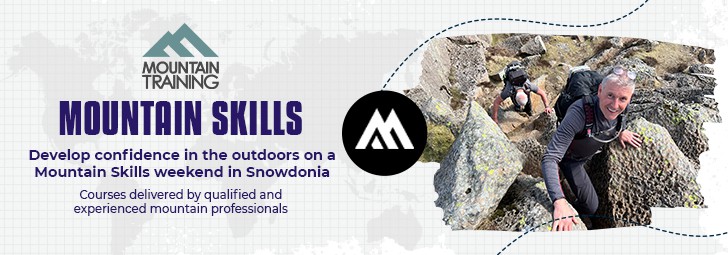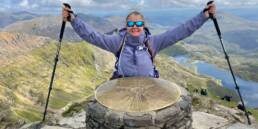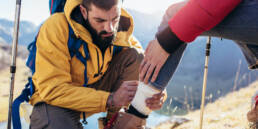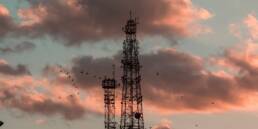Photo © Jack B
We hope that every day out on Snowdon is a safe one but with hundreds of thousands of people climbing the mountain each year and many millions more venturing out into the hills it’s inevitable that accidents will happen. Having some basic knowledge of how to deal with them can make the difference between life and death.
The first thing to remember is to stay calm. Take a deep breath and compose yourself before stepping in. If a casualty can see panic on your face it’s going to make them feel worse. Make sure you can’t deal with the incident yourself before calling for help. The UK’s Mountain Rescue services are staffed by volunteers who have normal lives and often full-time jobs. Depending on where you are it can take many hours from your first phone call to help actually arriving so if you’re able to get the casualty off the mountain yourself without causing any further damage that can often be a better option. Of course if you’re unsure or the casualty is in pain never hesitate in calling for help.
If you’ve decided you need help on the mountain then there are a few important steps you should follow:
Step One – Where are you?
Before calling for help you need to know EXACTLY where you are. Telling the operator that you’re on Snowdon isn’t going to help the emergency services find you. Give a detailed description of your location such as ‘We’re climbing Snowdon on the Llanberis path between the Halfway Station and Halfway House’. Even better is an accurate Ordnance Survey six figure grid reference eg SH 598 571 or better still a full grid reference such as SH 59802 571976. This will pinpoint your location to a 10m² area which is perfect. If you’re not yet a competent map reader you can get the OS grid reference for your exact location using smart phone apps like OS Locate or OS Maps. Newer services are also becoming more common as they can be easier to use however they do rely on technology. One such company is What3Words which has cleverly divided the world into 3 metre squares and given each square a unique combination of three words such as ///tinned.prompts.juggled. If you don’t have a way of finding your exact location then mountain rescue can use the SARLOC service to find you so don’t worry.
Step Two – Gather some basic information
The operator will ask you some important questions essential for allocating the right resources to help you. Having this information written down in advance will speed up the response and save mobile phone battery life. You may also find you have to move away from the casualty to get a signal so having everything to hand will save you running back and forth.
You should write down the following information:
- Your exact location from step one above.
- Exactly what’s happened. Who is injured (their approximate age, general condition, etc). How they’re injured. What position they’re in right now. Do they have any medical conditions. What they’re wearing. If you’re first aid trained and can give more information about the casualty’s condition then even better.
- If you’re in a group what is the make up of the rest of your party? Are they in a safe place? Do they need assistance? Is everyone warm and dry?
Step Three – Call for help
Dial 999 and ask for the Police and then Mountain Rescue (in the UK the Police liaise with Mountain Rescue services to arrange help). Don’t just ask for an ambulance as they won’t be able to get to you! The operator will ask you for all the information you’ve gathered during steps one and two above.
You may need to relocate if you don’t have a phone signal from where the casualty is. Your phone will route 999 calls through any network so keep trying even if you don’t think your own network has service where you are. Be sensible about your battery life from now on as you may need it again.
You can also send a text message to the emergency services using the emergencySMS system. You need to register your phone in advance of your day (simply text the word ‘register’ to 999 and follow the prompts) then when you need help you send a structured text message to 999 such as ‘police/mountain rescue – 60yr old male hiker suffering heart attack – SH 59802 571976’.
Step Four – Look after the casualty
Remember that unlike calling for an ambulance to your office or in a town centre, Mountain Rescue will take some time to get to you and this could be several hours. After your initial emergency call, mountain rescue volunteers assemble at their base to get their gear together and then need to make their way to you. If you’re a long way from a road then this can take time. You should make sure that you, the casualty and everyone in your group is safe, warm and dry. If you’re not moving around or the casualty is lying on the floor they will get cold very quickly so use all your spare clothing and emergency equipment to prioritise those most in need.


